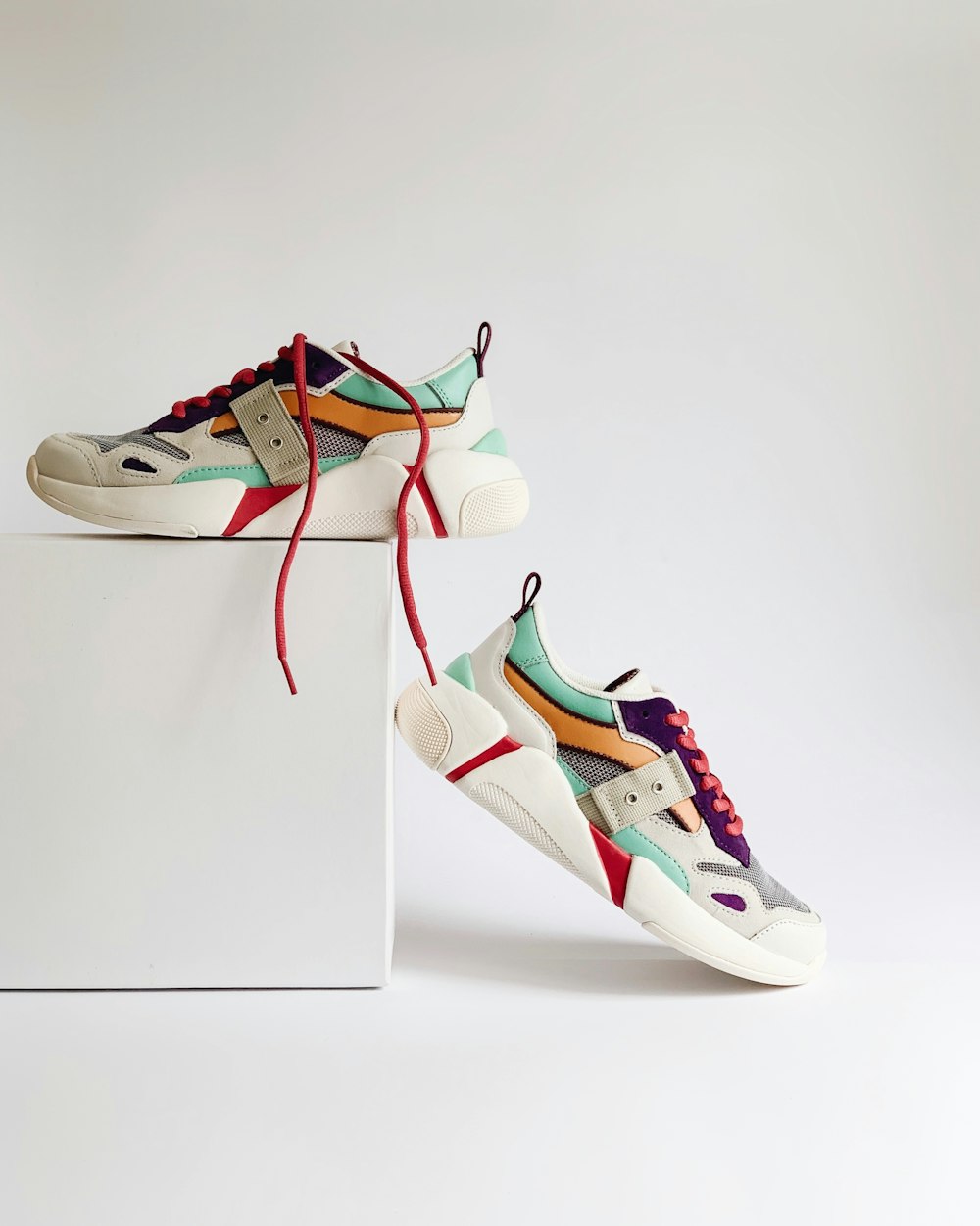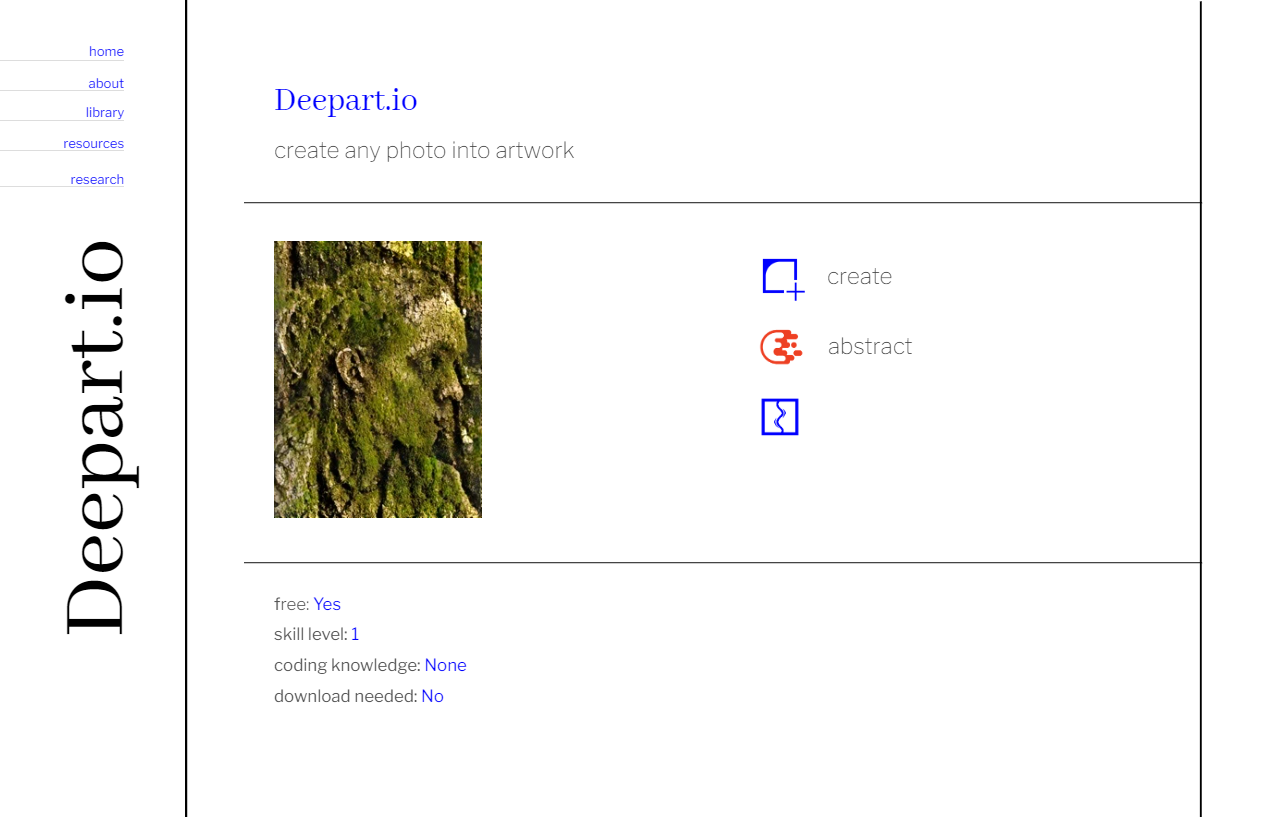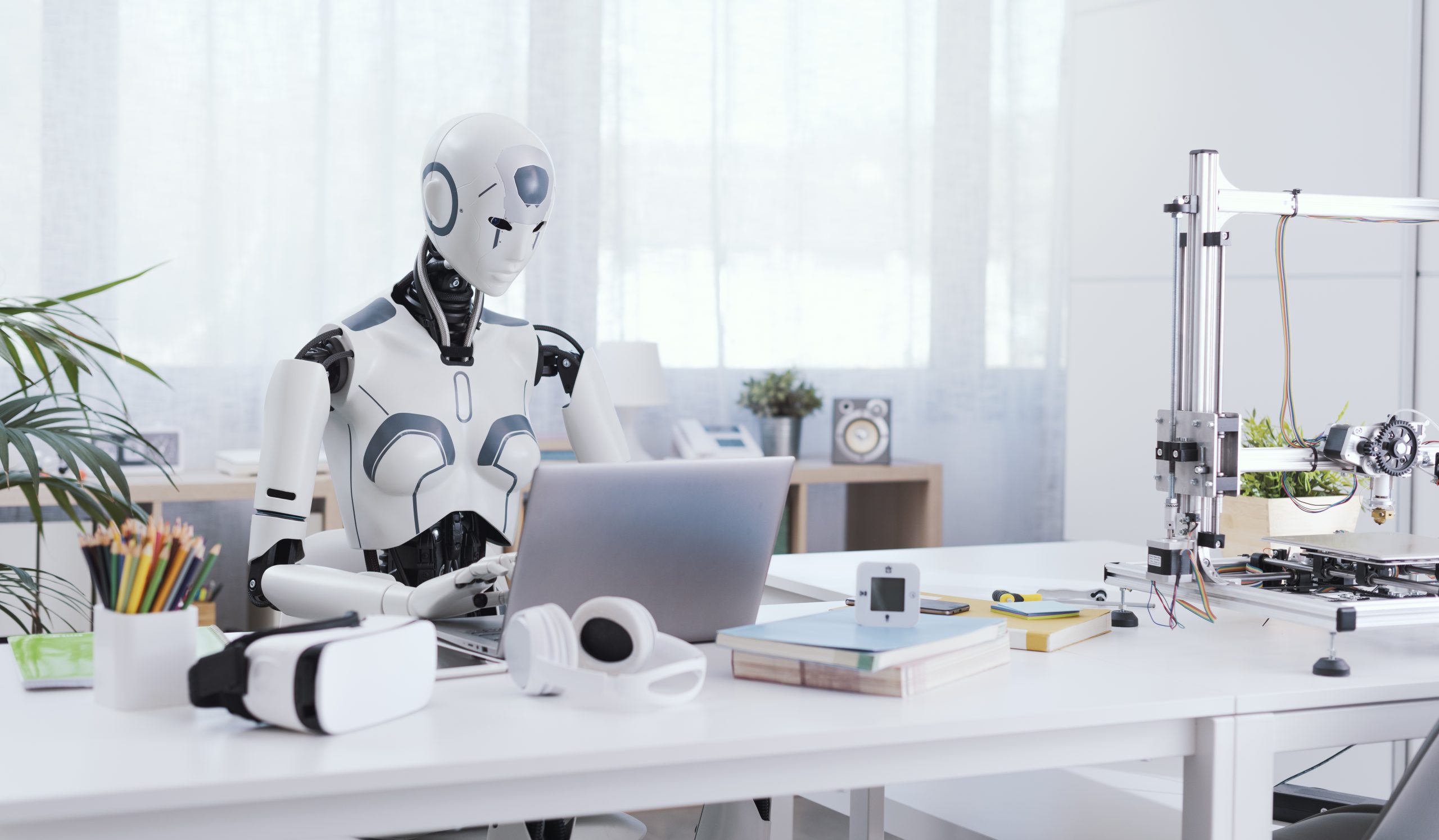Published on: March 17, 2024
4 AI Tools E-Commerce Leaders Use for Generating Product Images & Why
Author: Inge von Aulock

In the fast-paced world of e-commerce, utilizing AI for product imagery can be a game-changer. AI-generated product images are shaking up the e-commerce landscape in a big way. But how much do you really know about them?
Every day, sellers around the world are harnessing the power of AI to create compelling, attention-grabbing AI-generated product images for product listings. Forget about complicated photo shoots and time-consuming editing, AI has now streamlined the process, letting you focus on what truly matters – driving sales.
The importance of first impressions cannot be overstated. Your product images are at the forefront of your brand, and their quality will heavily influence potential buyers’ decisions. And here’s an enormous figure to put things into perspective: in the last year alone, AI product photography tools have been instrumental in generating over a billion product images for product listings worldwide – that’s roughly equivalent to mastering 3 photoshoots every single second!
We’ve gathered insights from Founders and Marketing Managers to reveal their top picks for AI tools and apps. From NVIDIA’s Canvas for its realism to CreatorKit for efficient design, discover the 4 AI solutions these e-commerce leaders are using to enhance their product listings.
Are you ready to revolutionize your online product listings with AI? Join us as we delve into the world of AI-generated product images and uncover their potential from real users of each AI product photography tool.

Unveiling the power of AI-created product images for your listings
Welcome to the future of product visuals – where machine learning and artificial intelligence join forces to create eye-catching AI product images. Say goodbye to the hassles of staging, lighting, and logistics as you embrace this new breed of product imaging. This artificial intelligence is trained to generate images that mimic professional photo shoots, often surpassing human abilities by compensating for lighting conditions, angles, and other aesthetic factors automatically. Imagine a virtual product catalog filled with images created not in a studio but inside a machine!
The transition from traditional product photography to AI-driven visual content may come with its challenges. However, getting on board with this technology assures a competitive edge in the constantly evolving e-commerce landscape.
It’s not about replacing human creativity—the goal is to augment it. When freed from tedious tasks like staging photos, individuals can harness their creativity to build better brands, tell more compelling stories, and ultimately, make sales. AI expands the realms of what’s possible, allowing the creation of images in situations that would be too challenging, time-intensive, or costly in a traditional setting.
Why good product imagery matters in e-commerce
In a highly digital era, e-commerce thrives on the power of visuals. A customer’s purchase decision heavily leans on how enticing a product appears. Given the absence of touch and feel in the online shopping experience, the burden of convincing a site visitor lies with high-quality, accurate, and detailed product imagery.
Think about how you online shop. Product visuals can be just as valuable (or more valuable, even) than product information, customer reviews, and even ratings. Better product imagery equates to higher conversion rates.
AI-generated product-specific images revolutionize this aspect of e-commerce. These images aren’t limited to copying or mimicking real-life photos. Reality can be enhanced. Benefits can be emphasized. Customers can be virtually transported inside the product experience. AI techniques can generate images from different viewpoints, under varying lighting conditions, and even depict alternative usage scenarios. They can also instantly adjust and adapt to design changes, saving your team from unnecessary reshooting or editing.

Exploring the top AI tools for product imagery
Are the images of your product listings making an impression? By turning to AI for product imagery, your listings can present sharper, more engaging pictures. Below, we’ll take a closer look at market-leading AI solutions for product visuals, reviews from real users, and how to choose the most suitable one for your business.
Artificial intelligence tools have thoroughly transformed product imagery in recent years. Some of the leading solutions today include tools like NVIDIA, DeepArt.io, DALL-E 3, and CreatorKit. They offer flexible and efficient mechanisms for AI-generated photos to help your listings stand out. Let’s review these options to get the best professional product photos we can.
NVIDIA Canvas
The NVIDIA Canvas’s ability to transform simple sketches into lifelike images has left many digital artists amazed. Its seamless integration with other digital tools takes overall productivity and creativity to a new level.
When you scribble a few lines on Canvas, the AI doesn’t just see them as random strokes. It identifies hills, trees, oceans, or an array of other landscapes, depending on the color and shape of your sketch. This deep understanding allows it to fill in the detail, generating a realistic image from your line art with impressive vibrancy and texture.

NVIDIA Canvas review
One tool that notably stands out is NVIDIA’s Canvas. This cutting-edge software uses generative adversarial networks (GANs) to transform basic sketches into stunning, photorealistic landscape images.
Choosing NVIDIA’s Canvas as our go-to tool for generating product images was driven primarily by its ability to create high-quality, realistic images that can significantly improve product listings. This capability is particularly beneficial for online businesses looking to offer a more immersive and visually engaging shopping experience. The use of AI to generate these images allows us to efficiently scale up the production of product visuals without compromising on quality, a critical factor in the competitive e-commerce landscape.
In practice, incorporating NVIDIA’s Canvas into our workflow has had a tangible impact on boosting conversion rates. By using more realistic and appealing product images, our clients have reported an increase in customer engagement and, more importantly, in sales. This shift underscores the importance of visual content in e-commerce and how AI tools can be wielded to give businesses a competitive edge. Through leveraging generative AI like NVIDIA’s Canvas, we are able to help our clients not only enhance their product listings but also significantly cut down the time and resources traditionally required for high-quality photography, streamlining their operations for better efficiency and results.
Steve Pogson, Founder, First Pier

DeepArt.io
DeepArt.io offers a seamless navigation experience. The design is keenly crafted, focusing on simplicity and ease of use. Especially notable is the absence of incessant and irrelevant pop-ups that often cause distraction and frustration. The home page is a breath of fresh air. No unnecessary, complicated features to overwhelm a first-timer. The simple, clean design immediately draws attention to the main action points.
This tool is built on complex algorithms that elevate its performance beyond the ordinary. Rapid image processing capabilities coupled with the ability to create incredibly detailed transformations set this tool apart.

DeepArt.io review
As an e-commerce business leader, one AI tool I rely on for generating product images for our listings is DeepArt.io. What sets DeepArt.io apart is its ability to transform ordinary product photos into visually stunning artworks using various artistic styles. This not only enhances the aesthetic appeal of our listings but also helps them stand out in a crowded marketplace.
By leveraging AI to create unique and eye-catching images, we can capture the attention of potential customers and drive engagement with our products. Additionally, the flexibility to choose from a wide range of artistic styles allows us to tailor the visuals to match our brand identity and appeal to our target audience effectively.
Brent Moeshlin, CEO & Founder, Quality Comix

DALL-E 3
With its sophisticated algorithms, DALL-E 3 can generate images from basic text inputs, saving time and effort. It allows you to experiment and iterate quickly, leading to a more refined and comprehensive end product. The creative freedom the tool offers helps you widen your imagination and go beyond typical product design conventions. You have the opportunity to play with abstract concepts, incorporate unique themes, and bring out-of-the-box ideas to life.
With DALL-E 3, businesses can create specific images that align perfectly with their customers’ product descriptions, supporting more meaningful customer engagement than ever before. Additionally, these highly tailored images can help improve search relevance, another vital factor in e-commerce success. Creating professional images from text has never been easier.

DALL-E 3 review
One indispensable AI tool for generating high-quality product images in my e-commerce business is OpenAI’s DALL-E 3. This revolutionary app employs advanced generative AI tools to transform rough sketches into realistic images. DALL-E allows us to create lifelike product representations without the need for professional photography, significantly reducing costs and time in the listing process.
The choice of DALL-E is driven by its exceptional ability to produce visually appealing images with intricate details and realistic textures. Its intuitive interface enables even non-designers to craft compelling visuals, ensuring a consistent and aesthetically pleasing online storefront.
The integration of DALL-E aligns with our commitment to innovation, enhancing the overall user experience and bolstering the visual appeal of our products in the competitive e-commerce landscape. However, AI tools are not perfect yet, so care should be taken when using these images for commercial purposes.
Aqsa Tabassam, PR & Brand Manager, RevenueGeeks

CreatorKit
CreatorKit is breaking ground in the realm of product photography with the power of Artificial Intelligence (AI). The platform leverages AI to enhance marketing assets and product photographs, thereby boosting their visual appeal. CreatorKit AI doesn’t just spruce up your product images, it radically alters the way businesses approach product photography.
It’s not uncommon for consumers to abandon an online purchase if the product image is poor. This underscores the importance of high-quality product images. Manual enhancement of these images is both time-consuming and challenging, but CreatorKit AI is the game-changer the industry needs.
CreatorKit AI delivers efficiency by automating image optimizations. Prepping an image for commercial use has never been easier. Achieve consistent image quality across all your AI product photos with CreatorKit AI. This establishes a strong brand identity and boosts consumer trust.

CreatorKit review
CreatorKit’s AI Product Photo Maker is of great value because of its efficiency and design flexibility. It lets you quickly create high-quality product images in various styles and environments, covering different product categories and marketing campaigns. The tool eliminates the need for extensive photo shoots, saving significant time and resources and allowing our team to focus on other important aspects, such as product descriptions and marketing strategies. Additionally, CreatorKit features a library of pre-built templates optimized for e-commerce platforms, further streamlining the process and ensuring a consistent and professional visual presentation of your products.
Fahad Khan, Digital Marketing Manager, Ubuy India

How to choose the right AI tool for your business
The selection of an AI tool for product imagery should be based on factors such as your business needs, budget, and the expertise of your team. Start by identifying what you need from the tool – is it more about high-quality visuals, a user-friendly interface, or customer experience enhancements?
For budget-conscious businesses, tools like Leaf®️ can be an excellent choice due to their cost-effective solutions. Conversely, businesses prioritizing customer interaction might find Octane AI more fitting, with its custom quizzes and filters. Lastly, Shopify’s KiK can be an ideal choice for teams with limited technical knowledge looking for high-quality, easy-to-create visuals.
Remember, what works for one business might not necessarily work for yours. Take the time to consider your unique requirements before committing to a tool.
The role of AI in e-commerce product listings
- AI reshapes e-commerce product listings by providing high-quality, AI-generated images, leading to increased conversion rates.
- Numerous applications of AI, including chatbots and personalized recommendations, are transforming the e-commerce landscape.
How AI is revolutionizing e-commerce product listings
Today’s hyper-competitive e-commerce landscape leaves no room for mundane product listings. It’s no longer just about accurately listing item specifications– it’s about creating compelling visual narratives around products. AI plays a monumental role in this aspect. With advanced AI technologies, businesses can generate high-quality product images that capture every tiny detail, eliminate inconsistencies, and present a more realistic view of the item.
Detailed, clear, and life-like images have a direct impact on conversion rates. Leveraging AI to generate these images allows businesses to increase consumer trust and ease decision-making processes, resulting in significant improvement in sales.

Other applications of AI in e-commerce
The role of AI in e-commerce extends beyond product and sample images. It powers many facets of the online shopping experience, transforming the way businesses interact with their customers and streamline operations.
AI chatbots are increasingly being used by e-commerce businesses to provide 24/7 customer service. They can answer frequently asked questions, recommend products based on browsing history, and simplify the checkout process, enhancing the overall user experience.
AI plays a crucial role in personalizing the shopping experience for individual users. It utilizes data from a customer’s purchasing history and browsing behavior to create a tailored shopping experience, leading to increased customer engagement and loyalty.
Future trends: AI and product imagery
Ever-advancing AI technology is set to revolutionize e-commerce. A key player in this industry revolution is AI-generated product imagery. Instead of physical photo shoots, AI can now generate high-resolution, realistic images at a fraction of the cost and time.
Imagine being able to change the color of a product or to adjust product details with a click. We’re not talking about photo editing. We’re talking about generating new product images. In the near future, AI-generated images could become the industry standard, eliminating the need for costly product shoots and endless editing.
Not only does using AI in product imagery promise to speed up product listing, but the potential for personalization and A/B testing is vast.
AI allows for mass production of truly personalized product images. Ever noticed how different colors or angles attract different demographics? With AI, companies can generate numerous variants of the same product image. This means they can A/B test to see what attracts consumers most, leading to more effective product listings.
How businesses can prepare for these trends
Success in e-commerce is all about staying ahead of the curve. As AI-generated product images become the norm, businesses have to adapt or risk becoming obsolete. So, how can you prepare?
First, familiarize yourself with AI technology. Understand its power, its limitations, and its impact on your business sector. Keeping a finger on the pulse of AI development will give you the edge over competitors lagging behind.
Secondly, experiment. AI is a tool, and like any tool, it takes practice to use well. Consider investing in existing AI technology. Employ it in small, controlled tests and use the results to inform bigger decisions.
Finally, consider partnering with experts. AI is a vast field, and it can be hard to navigate alone. Companies like Artificial Solutions and OpenAI offer services to integrate AI into your business smoothly and effectively. These companies not only provide the tools but also the education needed to effectively utilize AI.

Bringing the picture to life with AI
AI-generated product images are, indeed, the game-changer in e-commerce. They not only enhance trust and customer engagement but also save time and costs on photoshoots.
Keep ahead of your competition by recognizing this new feature’s value in product listings. Imagine the improvements – more compelling listings, increased conversions, and amplification of customer satisfaction.
Your next step is straightforward. Begin integrating AI-generated images into your business model. A world of advanced product visualization awaits you – where image perfection meets optimum customer engagement.
Make your product images talk to your customers – effectively, compellingly, and enticingly. Seize the digital future of product listings now!
Inge von Aulock
I'm the Founder & CEO of Top Apps, the #1 App directory available online. In my spare time, I write about Technology, Artificial Intelligence, and review apps and tools I've tried, right here on the Top Apps blog.
Recent Articles

Microsoft servers are down. Your business grinds to a halt. Panic sets in. Stop. Breathe. You’ve got this. This guide gives you 7...
Read More
As a business leader, you’re always searching for ways to stay ahead of the competition. What about AI in marketing and sales? In...
Read More
Struggling to keep up with the competition in 2024? You’re not alone. Small and medium enterprises (SMEs) are facing a rapidly evolving business...
Read More